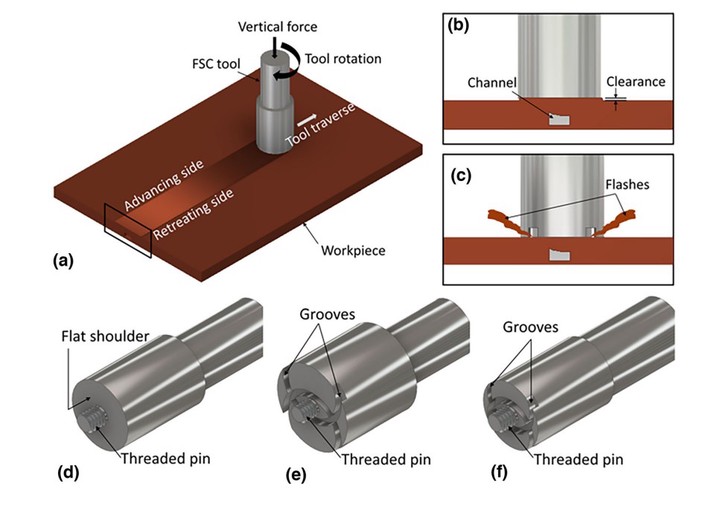Friction Stir Channeling Tool Design for Better Material Flow and Channel Strength

Abstract
This research investigates the impact of shoulder-workpiece separation on the friction stir channeling of copper, comparing two distinct tool designs. One design includes a clearance between the tool shoulder and workpiece; while, the other utilizes a grooved tool shoulder to eliminate this clearance. The findings reveal that direct contact between the tool shoulder and workpiece in the no-clearance design significantly affects the channels dimensions, microstructure, and mechanical properties. Notably, a distinct interface separating microstructural zones acts as a crack initiation site under tensile stress, leading to premature fractures of the channel roof. The results suggest that channels fabricated with shoulder-workpiece clearance improve tensile strength, offering a promising approach for manufacturing advanced heat sinks.